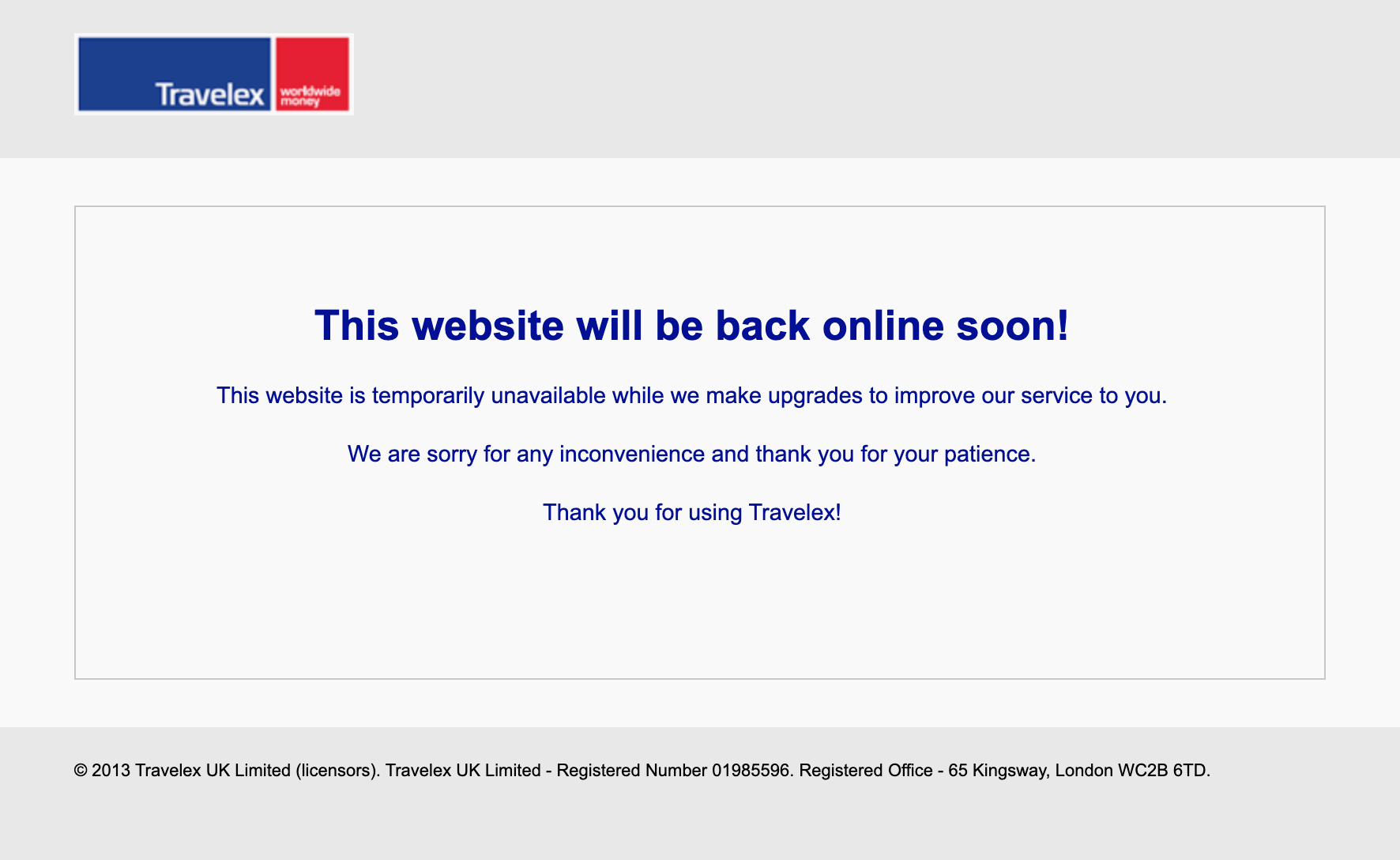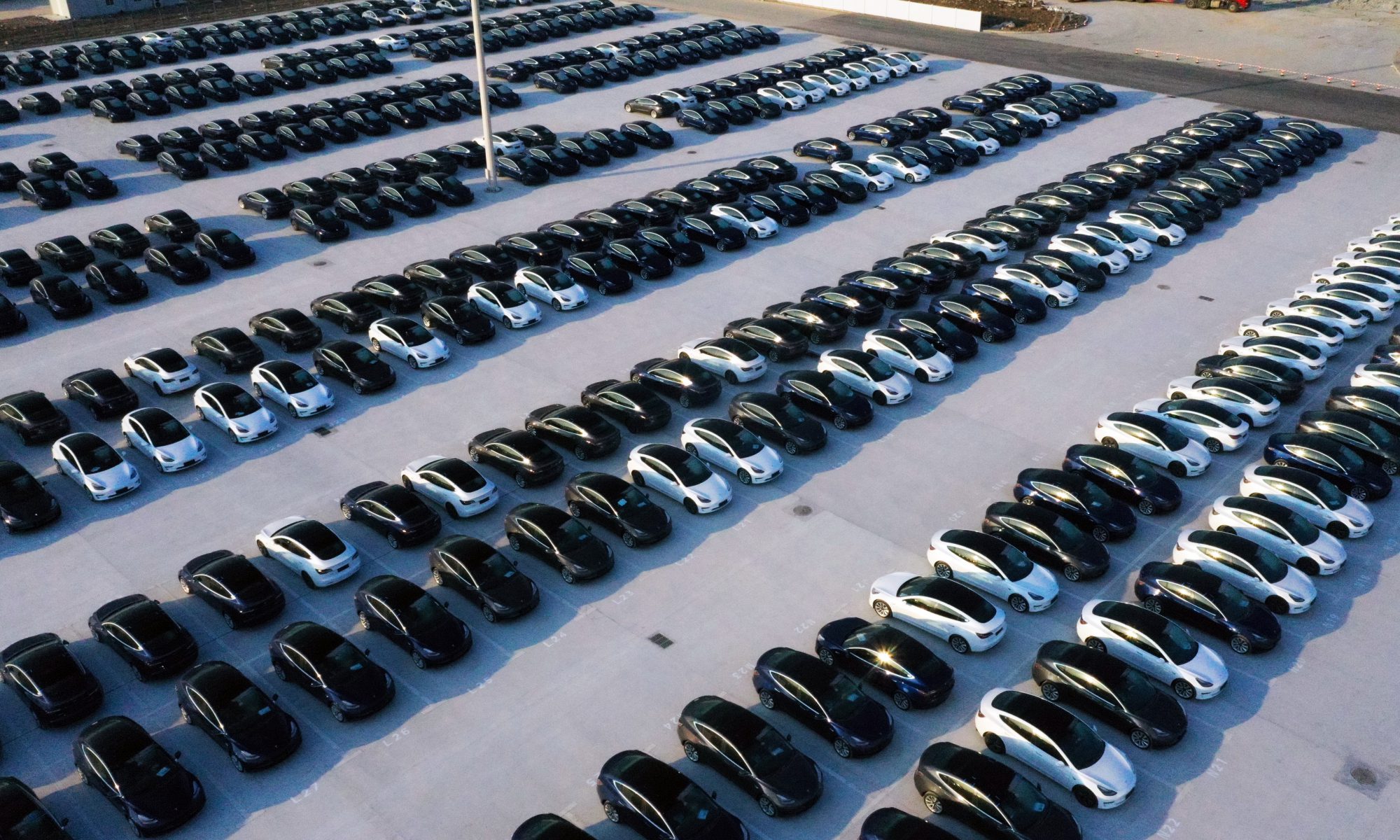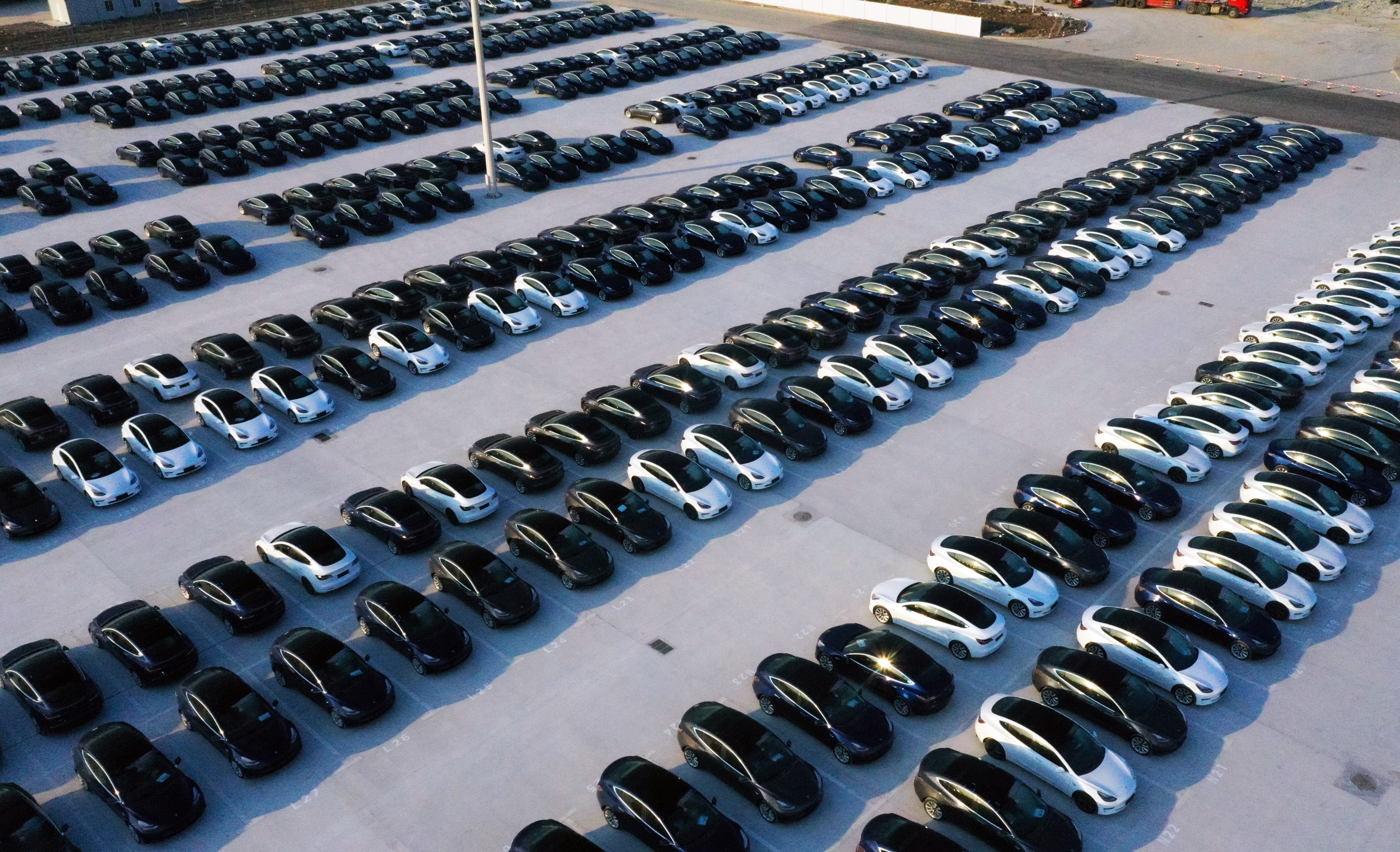Pitch the wrong reporter or publication, and your story won’t see the light of day.
Before you start seeking press, you’ll need to look for reporters who have reach, respect and expertise when you choose who to talk to. You’ll also need to be prepared to accept the truth about your business, even if it hurts. It’s critical that you find a writer who’s a good fit for the business you’re building and the audience you’re seeking.
If you don’t use a strategic approach when reaching out to journalists, you’ll get few responses, fewer meetings, and articles that either misrepresent you, shortchange you, or blow up in your face. The goal isn’t just to secure positive coverage, because no one will believe it; startups are tough. There are challenges and setbacks and scary looming questions. But an honest article from a respected voice with a big enough audience can legitimize a business as it tries to turn vision into impact.
Here we’ll discuss how to find the publication and reporter who understands you and can tell the story that aligns with your objectives. In part one of this series, we detailed why you should (or shouldn’t) want press coverage and how to know what’s newsworthy enough to pitch.
In future ExtraCrunch posts, I’ll explore how to hire PR help, formulate a pitch, deliver it to reporters, prepare for interviews and conduct an announcement. If you have more questions or ideas for ExtraCrunch posts, feel free to reach out to me via Twitter or elsewhere.
Why should you believe me? I’m editor-at-large for TechCrunch, where I’ve written 4,000 articles about early-stage startups and tech giants. For 10 years, I’ve reviewed startup pitches via email and Twitter, at demo days for accelerators like Y Combinator and on stage as a judge of startup competitions. From warm introductions to cold calls, I’ve seen what gets reporters’ attention and why stories become enduring narratives supporting companies as they grow.
Deciding which publications to target
Which publications do you currently read and respect?
Starting here ensures that you’re approaching PR from a place of knowledge with personal context rather than going by what someone else tells you. But you also have to consider which publications appeal in that way to your target demographic. For example, if you’re aiming to reach teens, parents, or Chief Information Officers, you’ll have very different target publications.
If you appeal to a niche audience aligned with a specific publication, you can definitely score some leads and installs, priming the pump so when users hear about you again, they already have a positive association for your brand. You can score SEO to help your get discovered when people search for keywords related to your business, but if you’re looking for user growth or SEO, be sure to work with a publication that links to the websites and apps they write about, as many don’t. But if you’re hoping for ‘the servers are on fire we’ve got so much traffic’ attention, you need to first build network effects and viral loops directly into your product.
Once you identify a realistic objective for gaining press coverage, you can figure out which reporters and outlets will best help you achieve your goals.
Typically, you’ll aim to work with more prestigious publications and writers first, as they can inspire other outlets to write up follow-on coverage. It rarely works the other way around, since top publishers want to be seen as first to a story and forging trends rather than following them with late coverage. These outlets often have greater reach in terms of home page traffic, social following, SEO and shareability.
The exception to this strategy: if there’s a specific writer at a less-prestigious publisher who’s renowned as the expert in your space whose word has more weight, or if that publication better aligns with your overall goals. For example, you might want to work with a transportation expert like Kirsten Korosec if you’re an electric car company, or a publication focused on startups like TechCrunch if you’re trying to stoke fundraising. If you’re a more general mainstream consumer business or are seeking maximum growth, you might instead choose a popular national newspaper with a big circulation.
Who should tell your story?
After you’ve set goals and have an idea regarding the kind of publication or journalist you want to work with, it’s time to build a ranked list of specific reporters. Here, expertise is key.
Source: Tech Crunch











